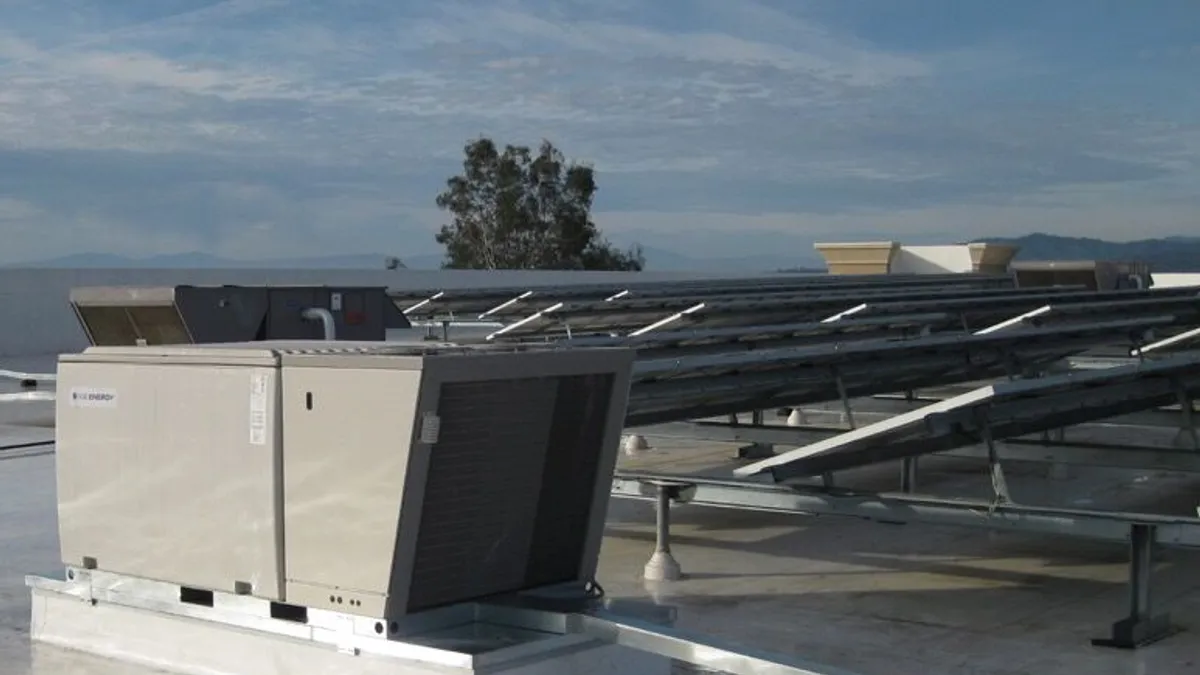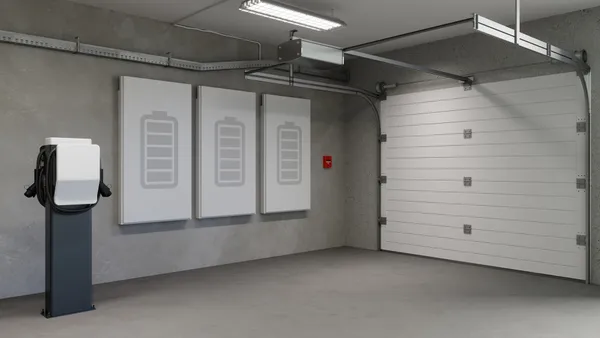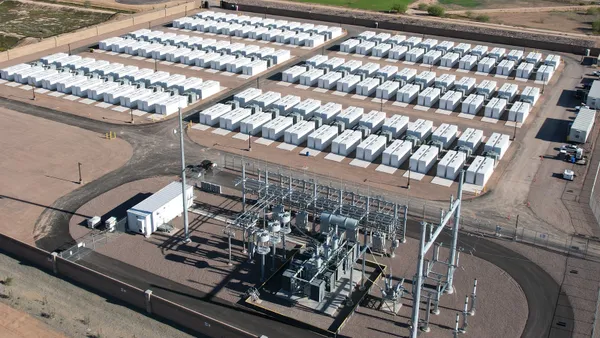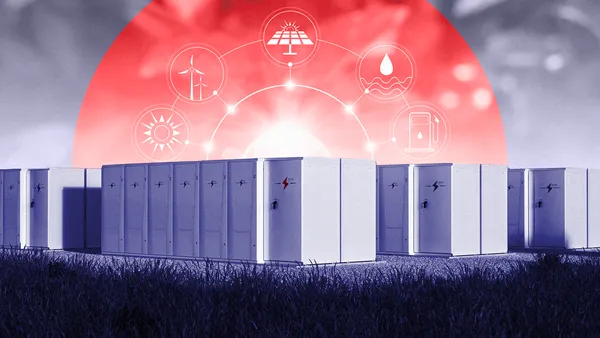Dive Brief:
- Ice Energy and NRG Energy are partnering to roll out up to 1,800 Ice Bear 30 storage solutions to commercial and industrial buildings in Orange County, Calif. The initiative is a part of Southern California Edison's 250 MW storage procurement efforts.
- The devices will provide a total of up to 25.6 MW of peak storage capacity to SCE under 20-year power purchase agreements.
- By freezing water when power prices are lower, the Ice Bear batteries are then used to cool buildings during peak hours without conventional air conditioning compressors. According to the company, AC units equipped with Ice Bear device consume up to 95% less electricity during peak hours.
Dive Insight:
The ice solution is a part of SCE's major storage push, announced in 2015, when it it agreed to contract for 264 MW of diverse energy storage technologies — including utility-scale batteries, behind-the-meter resources, and non-battery storage alternatives.
Ice Energy's "Bear" solution is a distributed ice battery for 3 ton-20 ton commercial air conditioning units. It stores cooling energy in off-peak hours by freezing water in an insulated storage tank. Later, during peak demand hours, ice-chilled refrigerant circulates to the air conditioning system, eliminating the need for energy-intensive compressors.
According to the company, the devices can help reduce air conditioning bills by up to 40%
The city of Tustin, Calif., is one customer of the offering. The municipality will receive 12 Ice Bears at facilities across the city.
In addition to the Ice Energy-NRG partnership, NRG is also working with Lockheed Martin on an energy efficiency program addressing commercial HVAC, industrial refrigeration, process cooling, compressors, and lighting for SCE commercial and industrial customers. The offerings aim to provide 30 MW of peak demand reduction.
NRG also announced it has launched a demand response program for commercial and industrial customers willing to participate in curtailment during peak events and receive payments in return. NRG said the demand response program is designed to reduce 5 MW of peak load.













